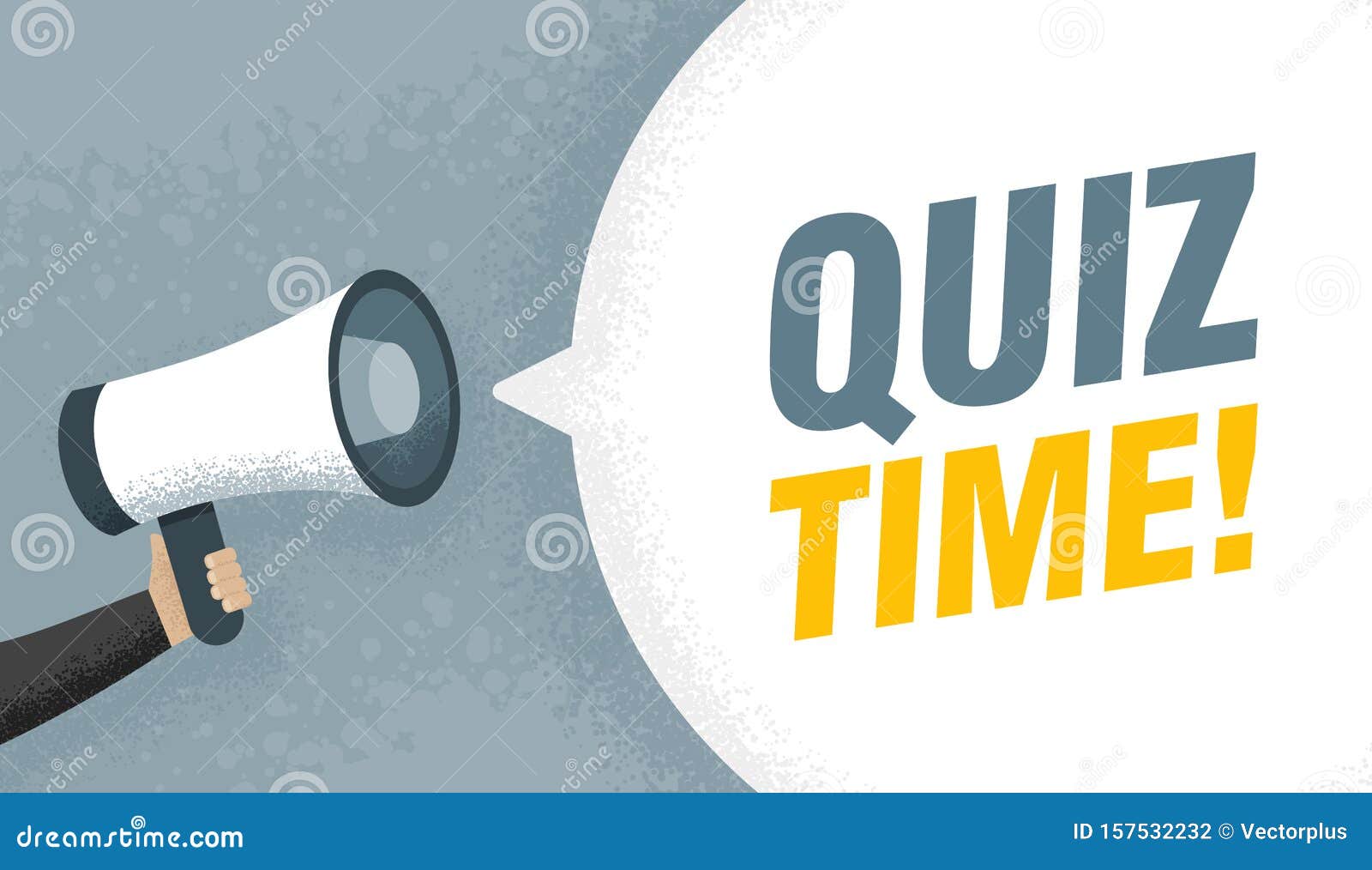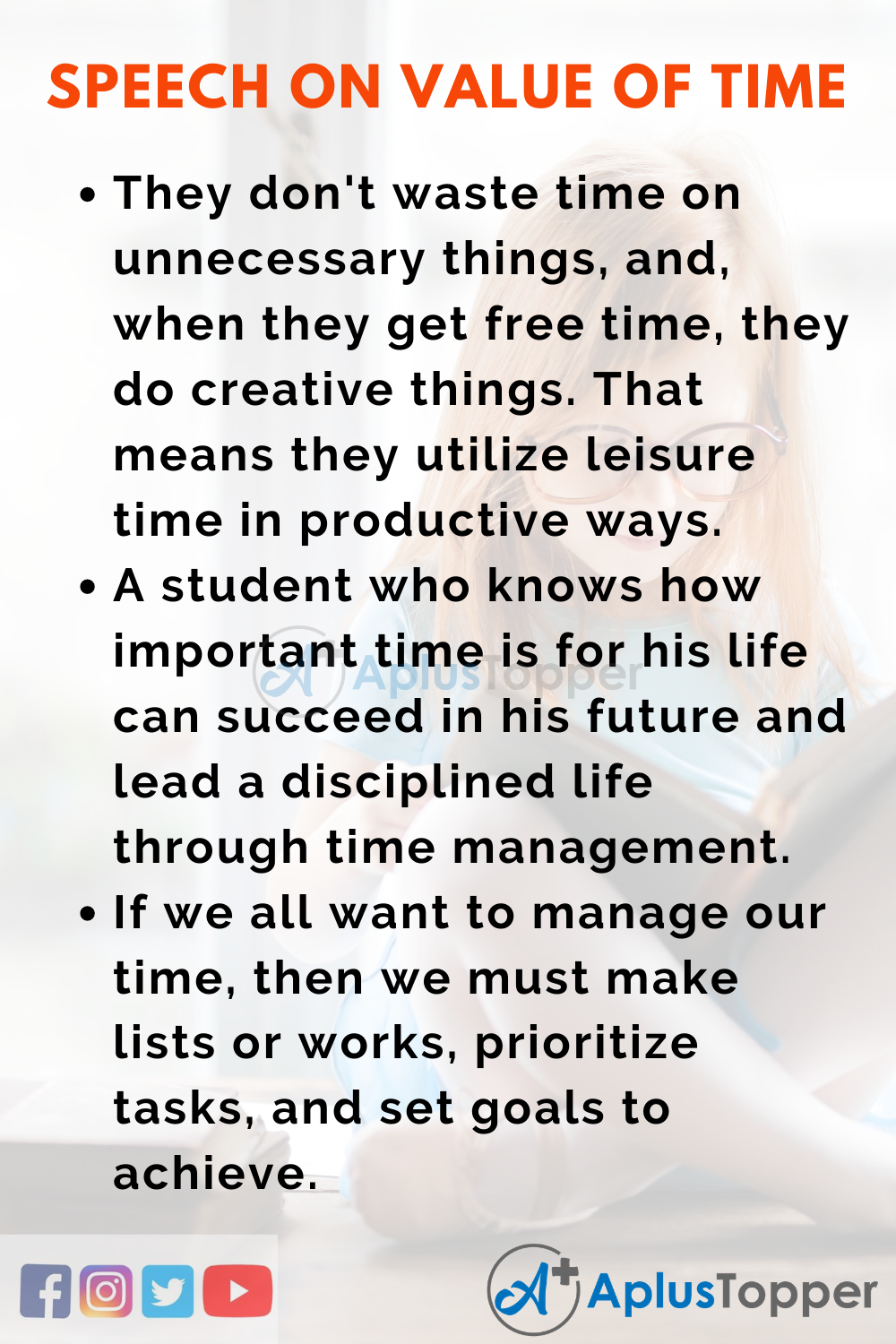

Tips for Communicating With a Person Who Has Aphasia

See ASHA information for professionals on the Practice Portal's Aphasia page. Your SLP can work with your boss or teachers to make these changes. Or you may need special equipment to help you communicate. You may need to change how you do your work. The SLP can help you get ready to go back to work or school if that is your goal. This is augmentative and alternative communication, or AAC.

These may include simple hand gestures, writing, pointing to letters or pictures, or using a computer. In severe cases, you may need to find other ways to answer questions or tell people what you want. You should work with an SLP who speaks both languages if you can. You may also join a support group or Stroke Club for social activities.ĭo you speak more than one language? You may talk better in one language and have more trouble in the other. They can help you use the skills you learn with the SLP at home. You may want your family to be a part of your treatment. You may work with an SLP on your own or in a small group. The type of treatment you get depends on what you want and need. There are many ways to work on your language. This may include pointing or using other gestures and drawing pictures.

Find other ways to share your ideas when you have trouble talking.You will also read short stories and answer questions about them. The SLP will have you write letters, words, and sentences. The SLP will ask you to name objects, describe pictures, and answer questions. Understand words, questions, directions, and stories.The SLP will ask you about the problems you have and what you want to work on. A speech-language pathologist, or SLP, will test your speech and language skills. A doctor will determine if there is a medical cause for your problem. You should see a doctor if you have trouble speaking or understanding what people say. This includes brain tumors, traumatic brain injury, and brain disorders that get worse over time. However, any type of brain damage can cause aphasia. For example, it may be hard to tell time, count money, or add and subtract.Īphasia is most often caused by stroke. Spelling and putting words together to write sentences.Reading forms, books, and computer screens.You may have trouble with the following things: Find it hard to understand what others say when it is noisy or you are in a group.You might have more trouble with longer sentences, too. This may happen more when they speak fast, such as on the news. Put made-up words and real words together into sentences that do not make sense.For example, you might say "wish dasher" for "dishwasher." Sometimes, you may say something related, like "fish" instead of "chicken." Or you might say a word that does not make much sense, like "radio" for "ball." Can't think of the words you want to say.You may have trouble talking, understanding, reading, and writing. Signs of AphasiaĪphasia can lead to a number of different problems. You can also have swallowing problems, called dysphagia. You may have trouble getting the muscles of your mouth to move the right way to say words, called apraxia. You may have muscle weakness in your mouth, called dysarthria. Brain damage can also cause other problems along with aphasia. It does not make you less smart or cause problems with the way you think. Damage on the right side of your brain may cause other problems, like poor attention or memory.Īphasia may make it hard for you to understand, speak, read, or write. Damage on that side of your brain may lead to language problems. Language skills are in the left half of the brain in most people. Tips for Communicating With a Person Who Has AphasiaĪphasia is a language disorder that happens when you have brain damage.A person with aphasia may have trouble understanding, speaking, reading, or writing. Now Right-click the Talking Timer icon in the Taskbar/Dock area.To "pin" Talking Timer for quick access, perform the following steps: The Talking Timer was created as a Chrome App so to that it could be easily "pinned" to the Taskbar (Windows)/Dock (Mac) for quick access, without the need to open Chrome.
#WORDS TO SPEECH TIMER HOW TO#
How to "Pin" Talking Timer to Taskbar/Dock
#WORDS TO SPEECH TIMER WINDOWS#
Option to keep application always on top of other windows.Can be easily "pinned" to the Taskbar (Windows) or Dock area (Mac).Customisable Text to Speech (TTS) alerts at specific intervals.Feeling that this app could be useful to others, I decided to make it customisable for all purposes. I developed this app specifically for use while creating digital paintings as part of a Daily Spitpaint challenge (time-limited to 30mins). A clean, easy to use, customisable Timer with text to speech (TTS) interval alerts This app was born out of necessity for a simple timer that would notify me at various intervals during a countdown.


 0 kommentar(er)
0 kommentar(er)
